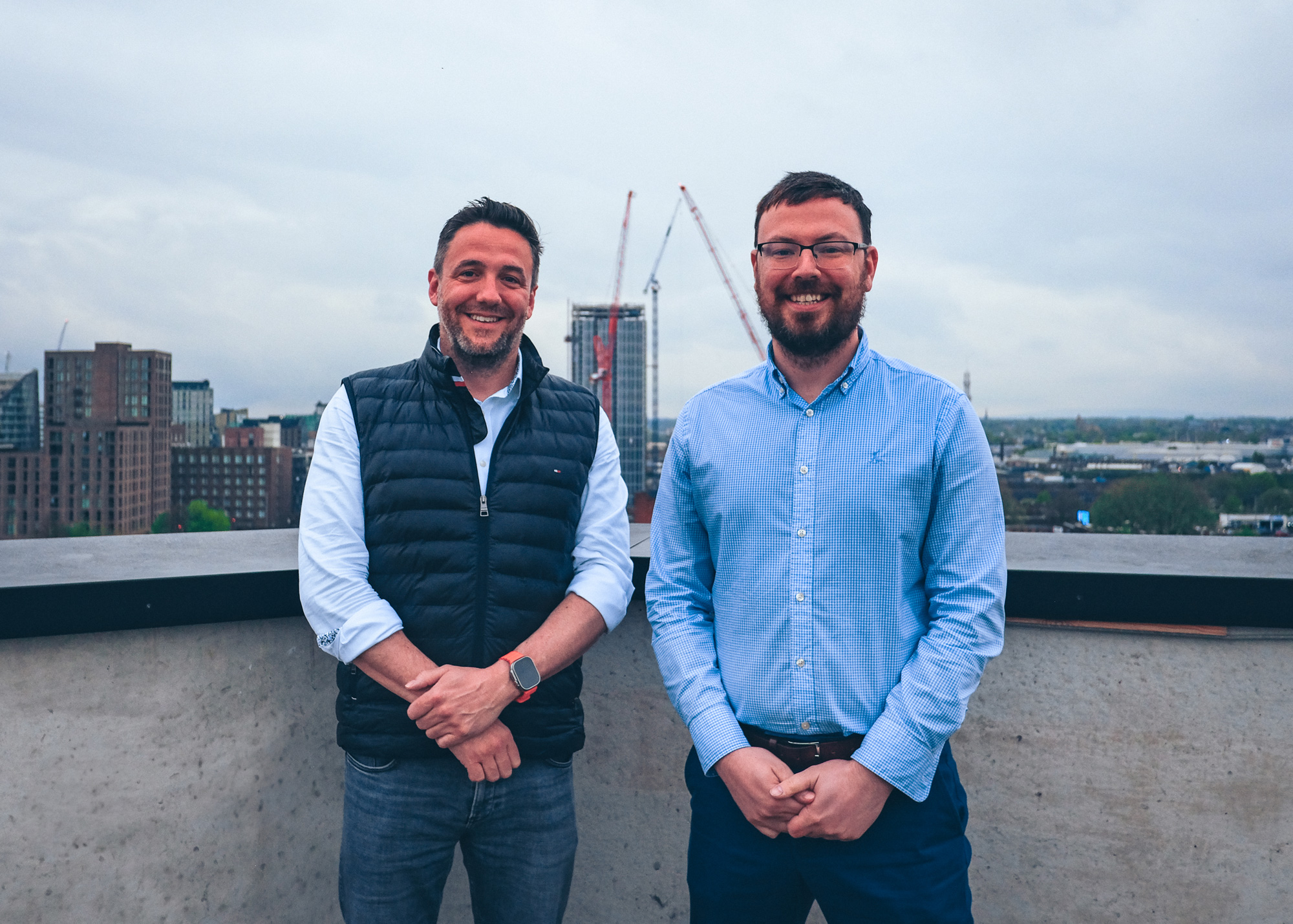Good photographs are key to the success of your project reporting. Not every issue or task can be clearly explained with words alone, so by using photography to document it you can be sure that you’ve got everything covered.
Everyone on site should be keeping track of their works complete and backing it up with clear photographs. Here’s why:
- They provide clear updates for the project management team and add context to your written reports.
- Dated photographs create a clear timeline of each shift and the works complete.
- Photographs can protect you from claims / disputes, by explaining the reasons for a delay that was out of your control.
- Images can explain a problem far better than words, so your team back in the office know exactly what they’re dealing with.
- Photographs are an effective reminder of what happened on a particular shift if you need to look back on it later.
Those of you who are already familiar with Raildiary will know that our Sitediary app embeds photographs and video into your daily reporting, complete with geotag and timestamp, to make this process even simpler. Rather than uploading media from your phone after a shift and sending them off via whatsapp or email, they’re right there in the shift report.

With that taken care of for you, all that’s left is making sure the photographs you take are clear and quality enough to capture all the details you need. This can be difficult without proper camera equipment, and especially at night, when you’re operating with limited visibility.
But now, pointing your flash at something and hoping for the best can become a thing of the past. We’ve put together a few helpful tips for taking good photos at night, using only your mobile phone or tablet.
Beat The Blur – Keep Your Camera Steady
Photos taken at night are more likely to turn out blurry than during the day. It’s a common problem. In the construction world, where the smallest details are key to identifying the cause of a problem, a blurry image could be the missing link that loses a claim.
This can be avoided!
Low light photos often end up blurred because your camera uses a slower shutter speed to capture more light and detail in the image. Because the shutter stays open for longer, it’s more likely that your phone will move or shake, causing a motion blur.
So, to avoid blurry night photos, try to keep your camera completely still:
- Rest your phone or tablet on a wall or other solid surface
- Lean against a wall, post or piece of equipment to keep your body steady
- Hold your elbows tight against your sides to steady your arms
The Size Is Right – Use Scale
With construction in particular, it’s important to understand the dimensions of what you are photographing. In addition to including measurements in your notes when needed, you should put a comparative object in your picture that will show the image scale. Even if it’s just using a coin to show the size of a hole that shouldn’t be there, it can help users who weren’t present to understand and visualise the issue - particularly clients who might not know the measurements well.
- Use measuring tape to mark out the full dimensions
- Use your phone, a hard hat, a coin - any object you can find that accurately shows the scale of what you are photographing.
Indecent Exposure – Adjust Your Brightness
When you take a photo in darkness, your camera will automatically make the image brighter to try and capture more detail. This often leads to areas of shadow appearing grey and grainy, whilst brighter areas lose clarity.
You want your blacks to stay black, and your brighter areas to show detail.
This is a simple fix - you just need to reduce the exposure [brightness] of your photo before taking it. Reducing the exposure will make the image darker, so your colours will appear richer and more clear overall.
To reduce the brightness of your photo, just tap the screen with your finger over the area you want to focus on, then slide along the brightness scale until you hit the desired composition.
Light It Up – Create Your Own Lighting
In order to fully capture your on-site works during a night shift, you will need to create some of your own lighting. Use task lighting, torches or someone else’s phone to shine light directly onto the thing you are photographing - preferably, an equal amount of light from both sides.
A good light source will ensure the subject is clearly visible, whilst also helping you amend your focus, brightness and angle to get the best possible shot.

Give It A Go!
So, there you have it - four quick tips to help you make the most of your on-site photography. Armed with this new information and the Sitediary app, your shift reporting will be clearer, more consistent and more detailed than ever before.
Book a product demonstration today to find out more


.png)


